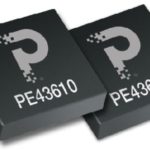 Digital step attenuators from pSemi let you adjust signal amplitude to meet the needs of components such as converters and filters.
Digital step attenuators from pSemi let you adjust signal amplitude to meet the needs of components such as converters and filters.
Most analog and RF system need to adjust signal amplitudes to get them in range or signal-processing block such and analog-to-digital converters, RF filters, and others. The PE43610 (9 kHz to 13 GHz) and PE43614 (9 kHz to 40 GHz) digital step attenuators (DSAs) let you attenuate signals in 0.5 dB and 1 dB steps up to 31.5 dB while maintaining monotonicity through its frequency range.
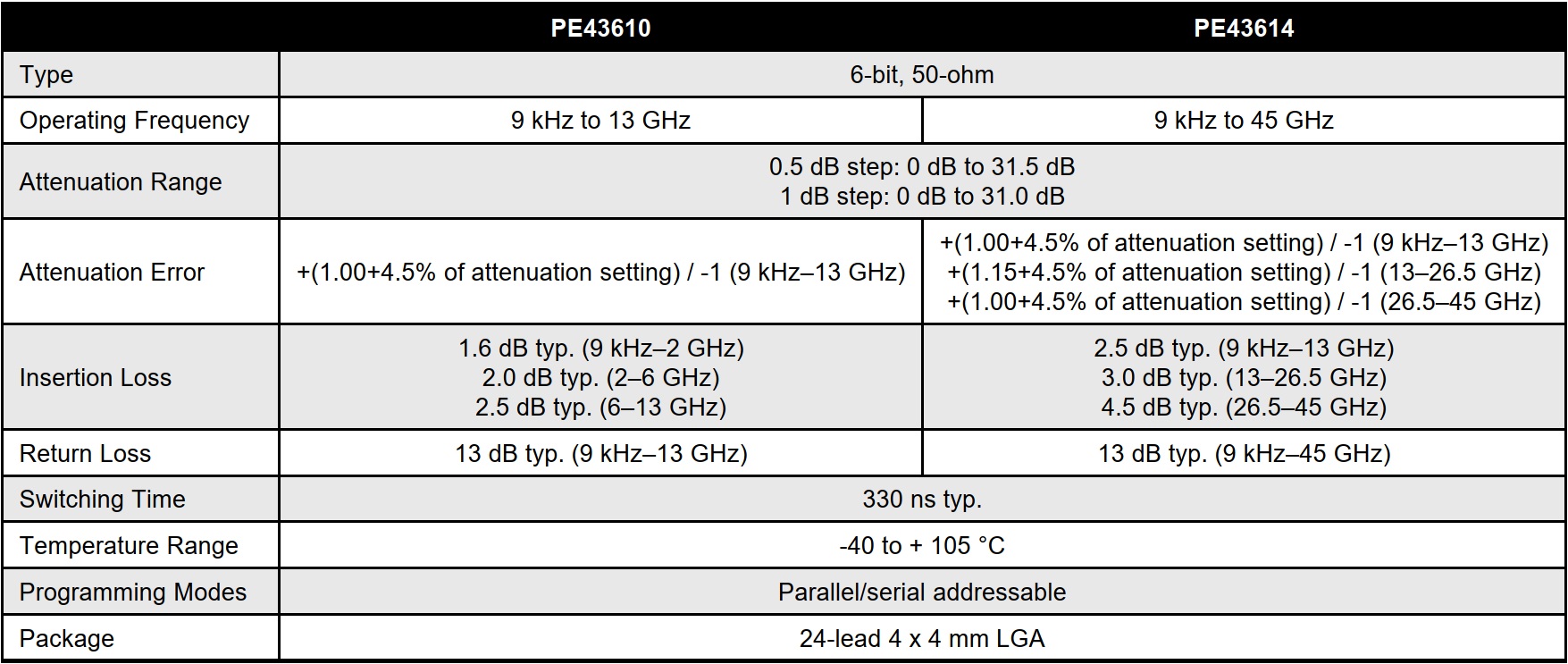 The PE43610 covers the 5G FR1 band while the PE43614 covers 5G’s initial mmWave frequencies as well. Operating temperature goes up to 105°C.
The PE43610 covers the 5G FR1 band while the PE43614 covers 5G’s initial mmWave frequencies as well. Operating temperature goes up to 105°C.
Each device is addressable through serial or parallel methods. In a parallel setting, you can use the 6-bit control interface to set the full range of attenuation and the attenuation steps. In serial mode, these settings are set using two control words on the bus.

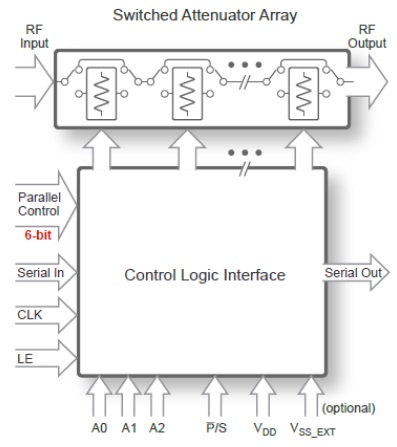
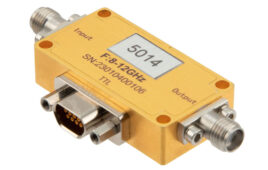
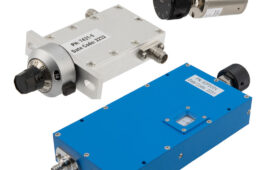
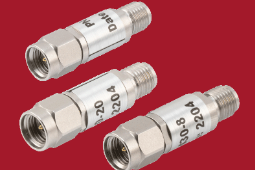
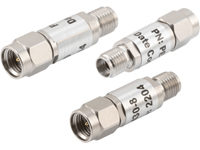
Tell Us What You Think!